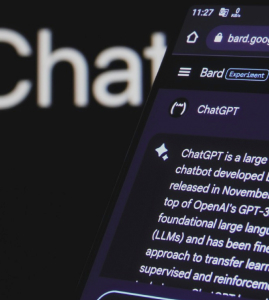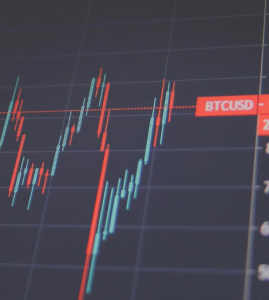I first used LinkedIn for business development and wrote about the experience here. In summary, it is one the best new sales tools since the rolodex – as Alex Iskold noted this week. But like a rolodex, it is only as good as the contacts in it and the skill of the person using it.

Recently I have been using it for headhunting. From talking to both Xing and LinkedIn management, I understand that headhunting is the primary use case – at least as a revenue driver for them.
First I used LinkedIn to see who I could hire without using a headhunter. I can see how somebody with a well-maintained network could save on headhunting fees. With more time, I would not need a headhunter. However this is a critical hire and time is of the essence. So the company is willing to pay headhunter fees.

Which is why good headhunters will always be in business. Even if LinkedIn changes the game for them.
Which it does. But it really changes the game in a not very nice way for Monster and Dice.
This became clear when I spoke to the first headhunter. He is very good at his niche, I have used him with success before. So I was shocked to find he did not know about LinkedIn. I clued him in. He owes me a discount on my next search.
I asked the next headhunter and his response was “it’s awesome, totally changes the game”.
He is right. The reason is that LinkedIn connects me to people who are not looking, but who might be with the right proposition. So I can target not only companies where people may have the right experience but companies where the employees might also be feeling nervous about the future.
That saves me the Monster and Dice fees. Which would only get me the active job seekers.
My proposition to the headhunter who was not using LinkedIn was that he should put his whole proprietary database up on LinkedIn. This was his pride and joy, the accumulated asset from decades in the game. So the idea gave him some agita. But I also said that he could connect to me and I was happy to give him an exclusive on this search. I was not willing to pay the 33% headhunting fee, more like half that (more a “recruiter” than an “executive search” fee). But that would be worth it to me as I would get his contacts as well as his time and experience filtering and closing the right candidate.
This works because the headhunter can set the Connections tab as private. That prevents a client or competitor browsing through his database. They can see his Connections via Search. But transparency is one price to pay. In the end it is only names on LinkedIn, what matters is the quality of the relationship.
I don’t know how headhunters will adapt to LinkedIn. I am not sure if it is wise for them to load in their contacts. I know that would work for me as a client, but our interests are not totally aligned. I do know that they will have to adapt.
I am sure that Monster, Dice and their equivalent will have to work a lot harder to prove their value.
I also know that many companies would love to ban their employees from being on LinkedIn, to avoid them being poached. However I suspect that effort will fail.
In all my use of LinkedIn, I have still not paid them a dime. Which makes me a total cheapskate and ingrate. But I don’t need to pay them to get the value, which is tremendous. So I am still not totally sold on LinkedIn as a business. But that does not matter as I cannot buy their shares. I am totally sold on their value as a service.
LinkedIn recently gave me an RSS feed of events in my network that feeds up to my start-page. So I can read the latest tech news and see who my contacts have been meeting. The latter, being personal to my little corner of the world, is far more interesting. I know you can get that kind of thing with Facebook and FriendFeed (neither of which is for a “suit” like me). But in the business world, this is quite exciting.
Image credit: cosmonautirussi
















